A Japanese town has agreed to conduct geological studies to determine its suitability for building an interim storage facility for spent nuclear fuel.
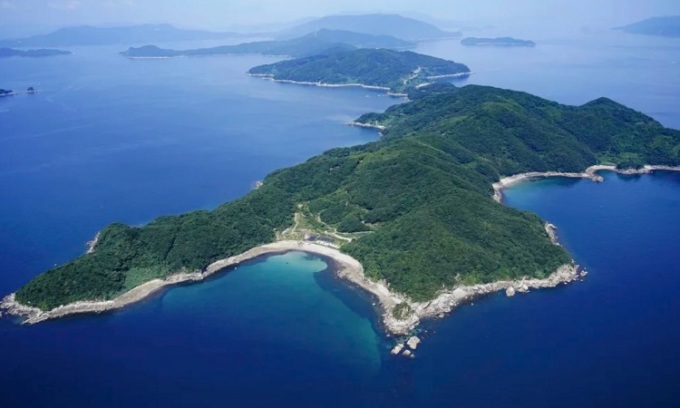
Nagashima Island in Kaminoseki town. Photo: AP
Kaminoseki, a small town in the southwestern Yamaguchi prefecture of Japan, accepted a survey request from Chugoku Electric Power Co., one of the country’s two major electricity providers along with Kansai Electric Power Co. Their spent fuel storage pools are nearly full. The Japanese government is promoting nuclear power as a low-carbon source of electricity, but its nuclear plants are running out of space to store spent fuel, the AP reported on Aug. 18.
The problem stems from Japan’s nuclear fuel reprocessing program to recycle and reuse plutonium from old fuel. The government has continued to pursue the program despite major technical setbacks. A plutonium-using reactor at the Monju plant has been damaged and shut down, while the start-up of the Rokkasho reprocessing plant in northern Japan has been delayed by nearly 30 years.
Following the 2011 Fukushima Daiichi nuclear power plant meltdown, many reactors were shut down and restarts were delayed, reducing the amount of spent fuel. However, the government of Prime Minister Fumio Kishida decided to maximize nuclear energy as a clean source of electricity, raising concerns about the lack of storage for spent fuel.
In early August, Chugoku Electric proposed building a storage facility in conjunction with Kansai Electric, but the plan faced fierce opposition from residents. Chugoku Electric’s plan to build a nuclear power plant in Kaminoseki was delayed for more than a decade after the Fukushima Daiichi disaster, delaying subsidies for the remote town with an aging and shrinking population.
Kansai Electric, the operator of Japan’s largest nuclear plant, is scrambling to find more space to store its spent fuel. Its cooling pools are more than 80% full. The company has pledged to find a temporary storage site by the end of the year.
About 19,000 tons of spent fuel, a byproduct of nuclear power generation, is stored at power plants across Japan, accounting for about 80% of its storage capacity, according to the Ministry of Economy and Industry. The continued reprocessing of spent fuel is adding pressure to Japan’s already large plutonium stockpile, raising international concerns that the country is running out of space to store nuclear waste.
An intermediate facility is designed to store spent nuclear fuel in dry drums for decades until it is reprocessed or sent to its final storage site. Experts say it is a safer option than storing it in cooling pools at the plant. If approved, the Kaminoseki proposal would be the second in Japan. The only existing storage facility is in Mutsu, near Rokkasho, which is owned by Tokyo Electric Power Company.
An Khang (According to AP )
Source link



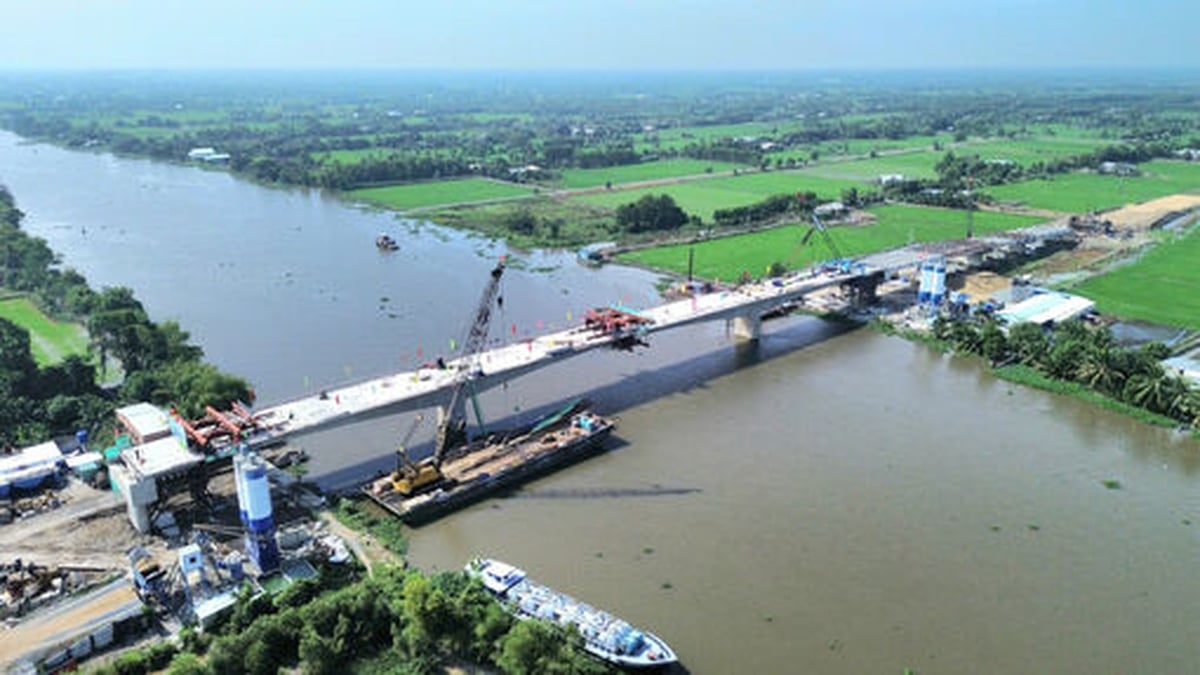

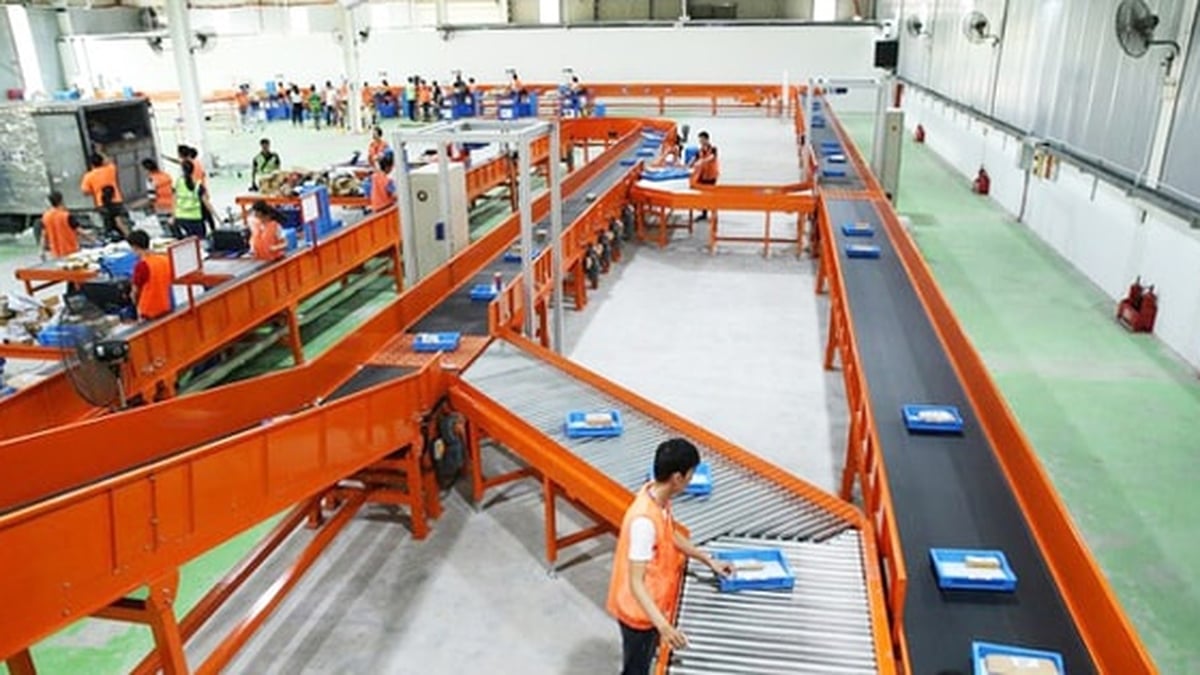



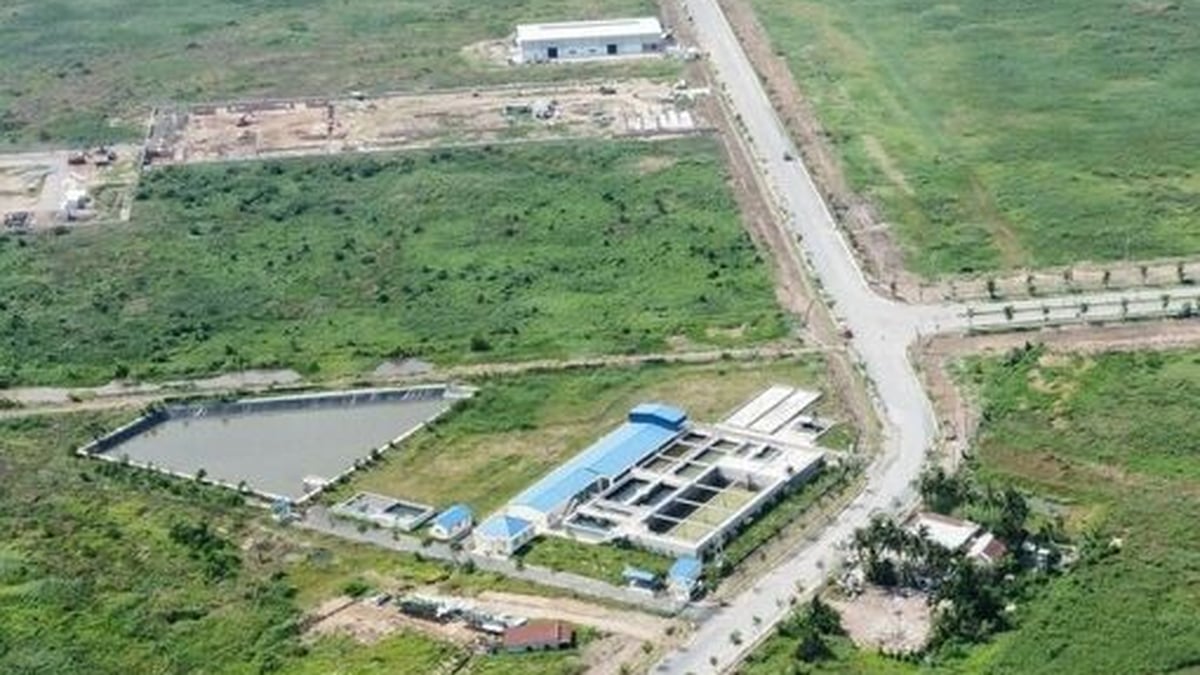
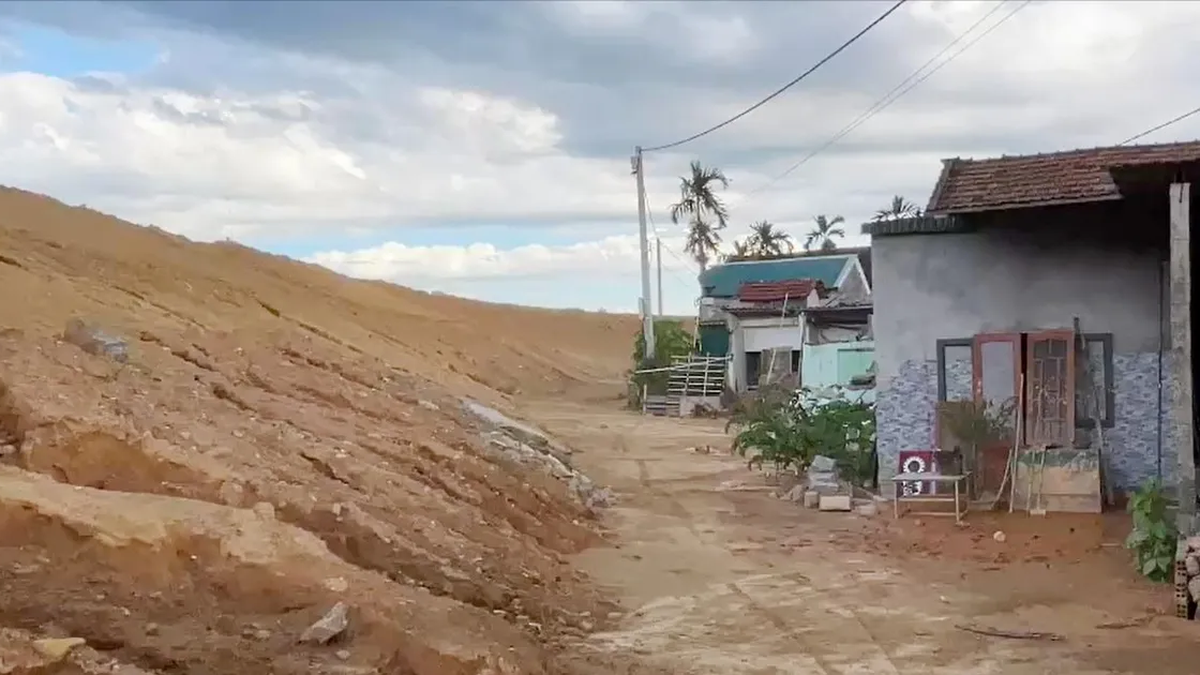

















![[Photo] National Assembly Chairman Tran Thanh Man visits Vietnamese Heroic Mother Ta Thi Tran](https://vphoto.vietnam.vn/thumb/1200x675/vietnam/resource/IMAGE/2025/7/20/765c0bd057dd44ad83ab89fe0255b783)





































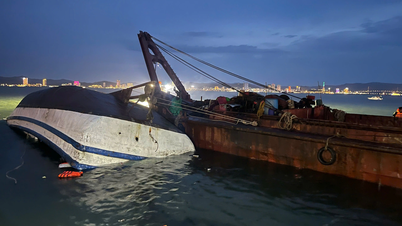

































Comment (0)